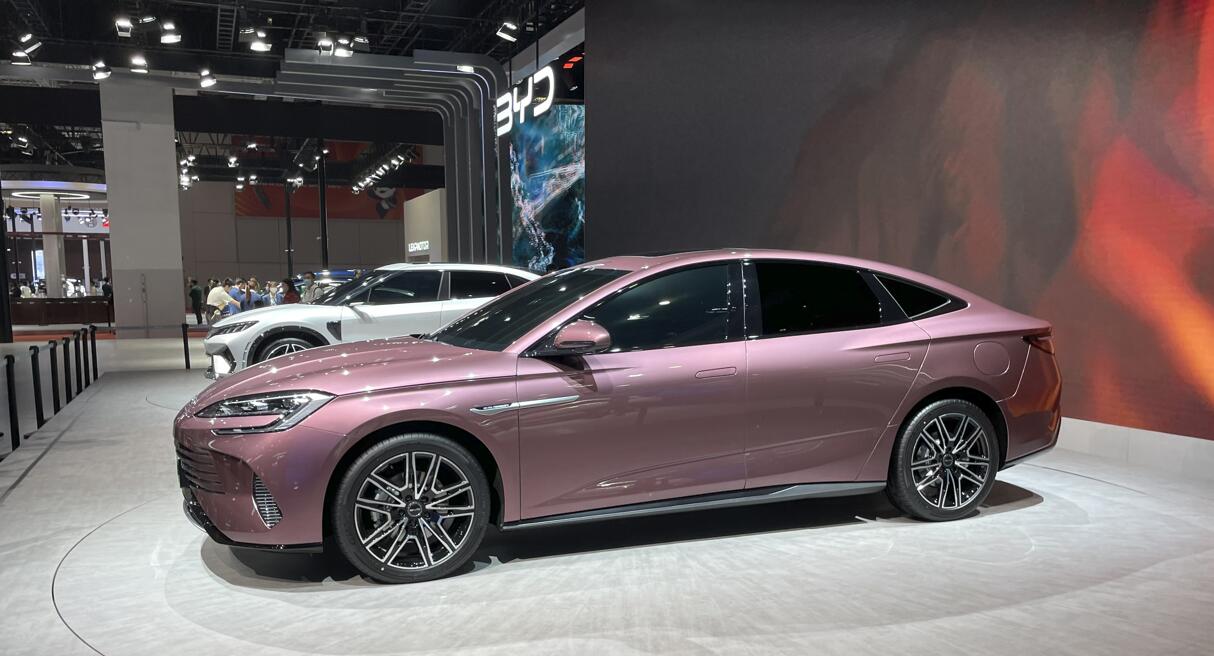From now until 2027, pure electric vehicles will continue to enjoy purchase tax incentives, which will give NIO vehicles a significant advantage over fuel-powered luxury vehicles in terms of purchase costs, NIO said.

(Image credit: CnEVPost)
China today announced details of an extension of tax incentives for new energy vehicle (NEV) purchases, and NIO (NYSE: NIO) welcomed the move.
From now until 2027, pure electric vehicles (EVs) will still enjoy purchase tax incentives, which will give NIO vehicles a huge advantage over fuel-powered luxury vehicles in terms of purchase costs, the electric vehicle (EV) maker said in a comment shared with CnEVPost.
With the new EV purchase tax policy in place, NIO's body-battery separation model could significantly help consumers lower the cost of purchasing a vehicle and reduce spending on purchase tax, it said.
The continuation of the purchase tax incentives is a great boon to the shift from fuel vehicles to NEVs and to stimulate auto consumption, NIO said.
Earlier today, China's Ministry of Finance announced that NEVs with a purchase date between January 1, 2024, and December 31, 2025, will be exempt from vehicle purchase tax, but the tax exemption will not exceed 30,000 yuan ($4,170) per vehicle.
For NEVs with a purchase date between January 1, 2026 and December 31, 2027, the vehicle purchase tax will be levied at half the normal rate, with the tax reduction not exceeding RMB 15,000 per vehicle.
The latest policy continues to provide additional support for models like NIO that are battery swap enabled.
When consumers purchase a NEV, if the invoice for the car and the battery are separate, the taxable price is the price of the body without tax, according to the Ministry of Finance's announcement.
NIO's (NYSE: NIO) peer Li Auto (NASDAQ: LI) also voiced support for the new policy earlier today.
Li Auto aims to reach annual sales of 1.6 million vehicles and annual revenue of RMB 500 billion by 2025, Li Xiang, the company's founder, chairman and CEO, wrote on Weibo.
China has provided an additional four years of stable policies, which is great and leaves Li Auto's team with no excuse not to meet its strategic goals for 2025, Li said.
By early 2026, Li Auto's ability to meet the goal will be proven, he said.
($1 = RMB 7.1935)
BREAKING: China extends full purchase tax exemption for NEVs until end of 2025
The post NIO welcomes China's move to extend tax breaks for NEV purchases appeared first on CnEVPost.
For more articles, please visit CnEVPost.











